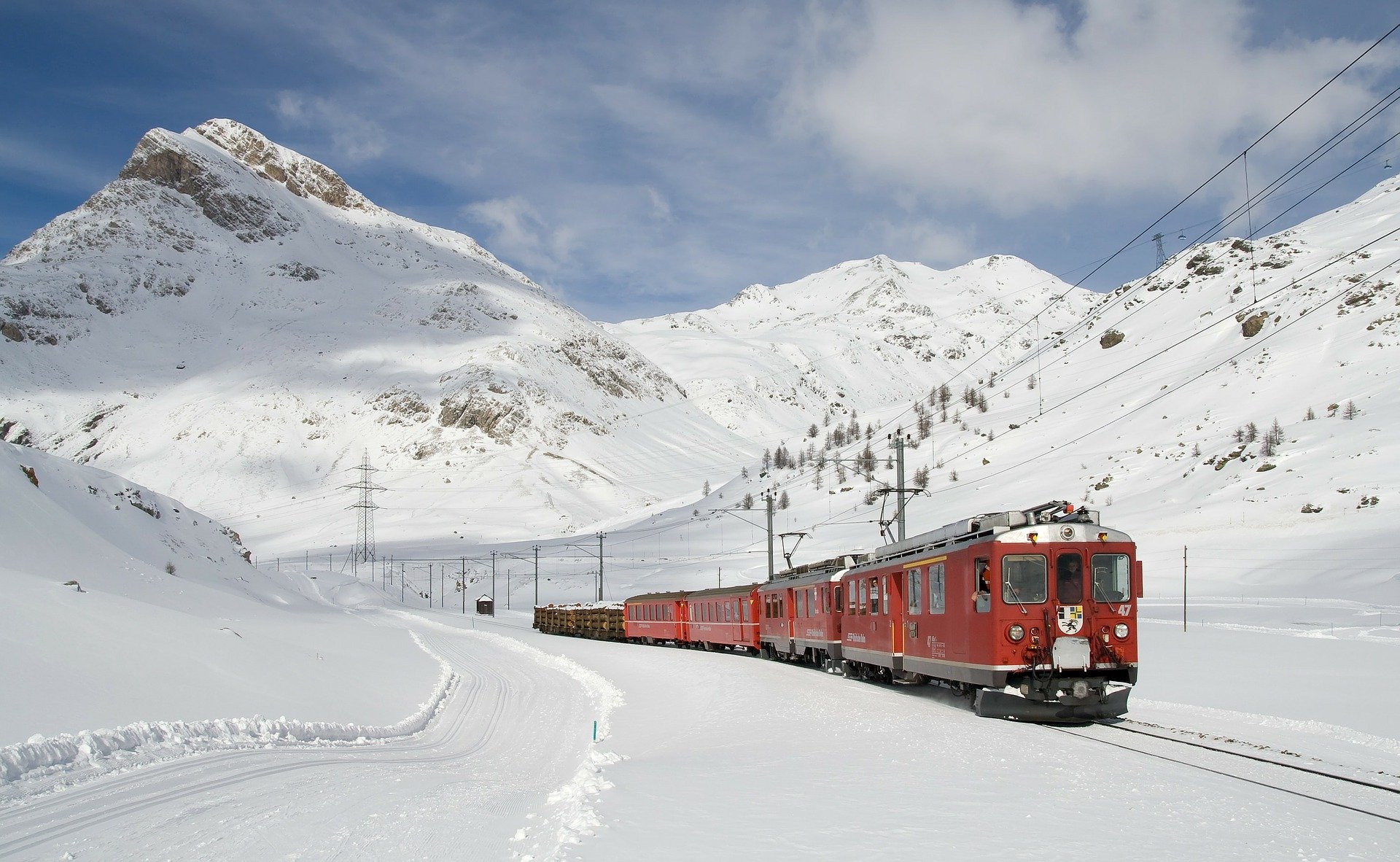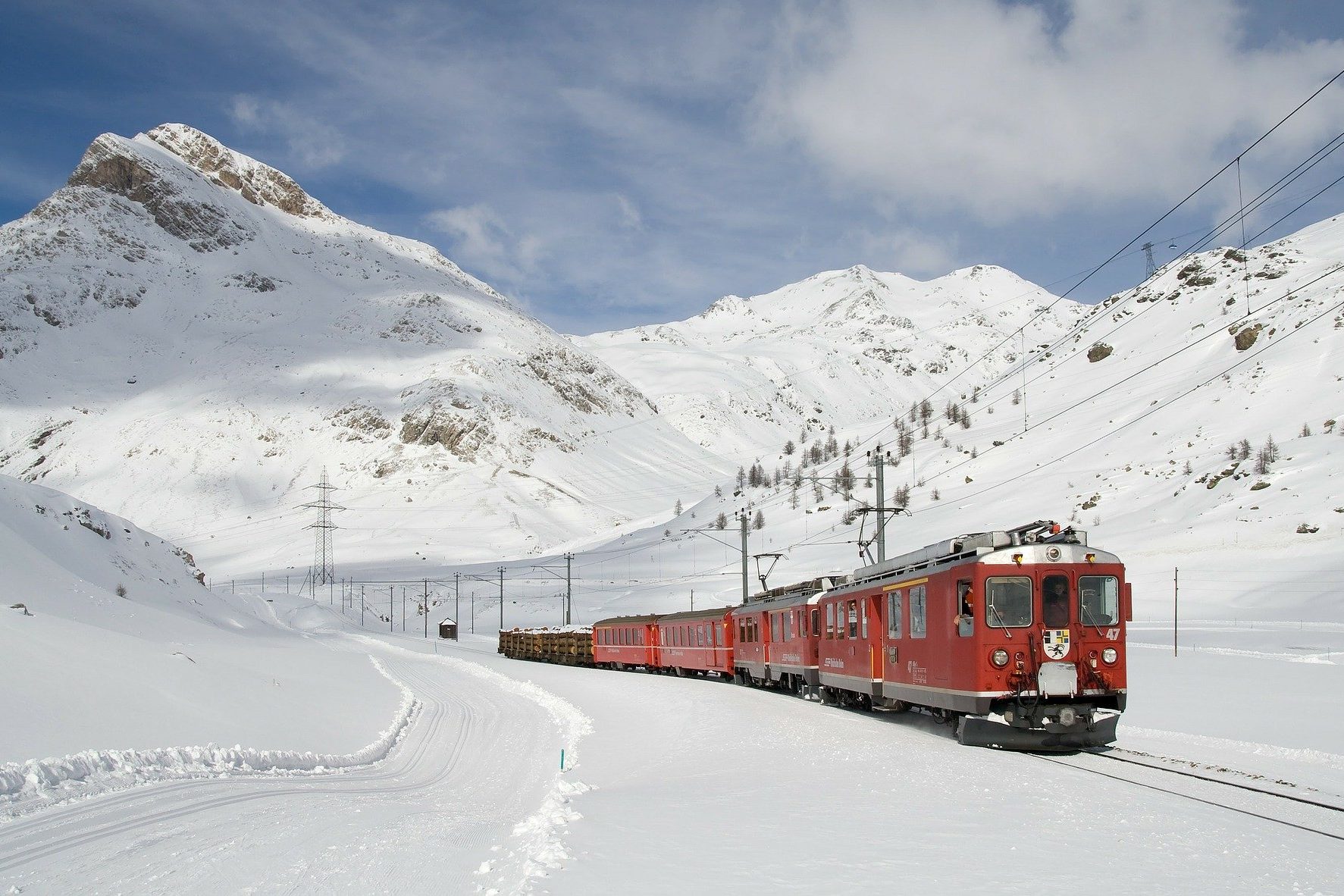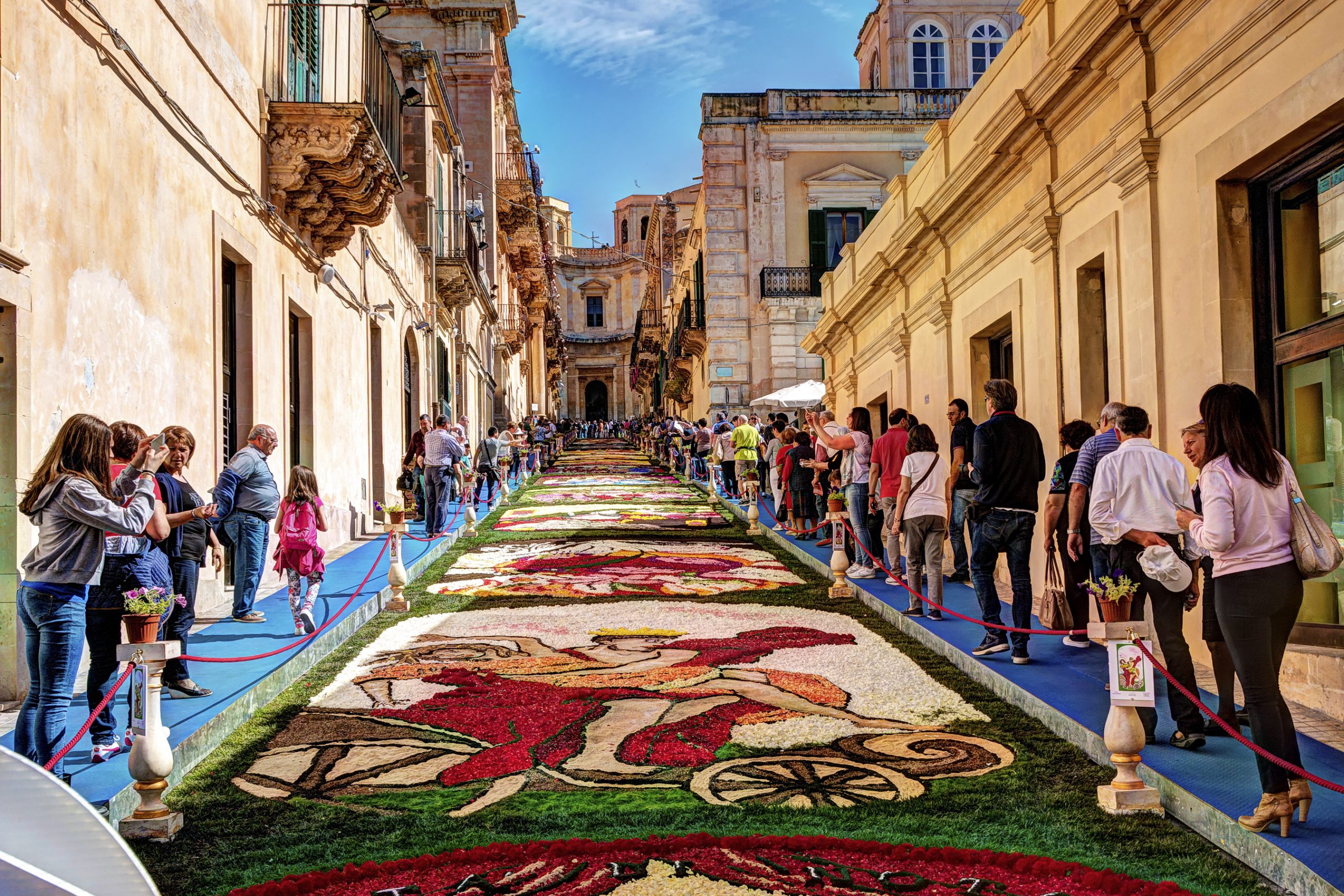You spend every waking hour at the office stressing about your clients, and when you’re not at the office you are rushing to pick up Johnny and Jane from school or dashing to the grocery store to pick up Stouffer’s frozen lasagna because you have no time to cook. Sound familiar? Many of us have grown so accustomed to our hectic schedules that we mistakenly apply that frantic mentality to travelling.
Now picture yourself relaxing in a quaint Tuscan villa overlooking over the verdant, hilly countryside, sipping cappuccino, and eating handmade biscotti baked fresh from the local market. That is the essence of slow travel, which encourages us to ditch the jam-packed travel itineraries and travel-til-you-drop mentality in order to embrace our beautiful surroundings in a comfortable, natural way. You will gain more respect and understanding of local traditions and culture and ease up on the old pocketbook.
Slow tourism has gained momentum in Italy, influenced by the slow food movement started by Carlo Petrini in 1986. The slow food movement began as a response to the fast food that arrived in Italy due to globalization, which has been said to cause health problems and loss of quality and diversity. Angry at McDonald’s for selling its unhealthy, unappetizing food in Rome, Petrini decided he wanted to protect local food and revive regional flavors.
The slow food movement values localism, social conscience, and political activism. It advocates for a return to traditional cuisine and local farming. The movement expanded to over 100,000 participants in over 100 countries. It has sparked the rise of local organizations promoting sustainability and Fair trade, rejecting the unsavory fruits of globalization and the processed foods that damage our health.
Like the slow food movement, slow tourism is a way for people to become more connected to local communities. Travellers are more able to engage with their communities on a more intimate level and savor the tastes, sounds, and activities that locals do. It enriches their experiences, and stimulates the regional economies in the process. In an increasingly global world, it has never been more important to embrace our diversity and cultures and gain more appreciation for our differences in a personal way.
Italy has been investing a lot in slow travel. Its train system has recently remodeled four previously inoperable lines that are now used for slow travel. These rides take picturesque routes in vintage 1920 steam railway cars for “slow travellers” to fully take in the experience. They will be open just in time for tourist season, with travel times ranging from 20 minutes to three hours.
One of the routes runs through the lush countryside of Val d’Orcia in Tuscany. Another line circles the lake Iseo northeast of Milan. A third line runs through Abruzzo’s mountains, and the last one is by Agrigento on Sicily’s Southern Coast.
Not only does travelling slowly allow people to build a stronger connection to the people and places they visit, but they tend to be less worried about crossing everything off the travelling to-do list. You may stay somewhere long enough to get to know your neighbors and the shoppers at the supermarket, and even have a strong opinion about the best gelato place
Slow travel is also better for the environment because travel costs will be less. Plus, it helps to save money. Staying somewhere for a week or more decreases transportation costs, and vacation rentals are often more cost efficient than hotels. You can cook your own food in your own kitchen, making you feel even more at home.
Who said work hard play hard was the way to go? Maybe when it comes to travel, we should take a page out of Italy’s book and take it slow.






























